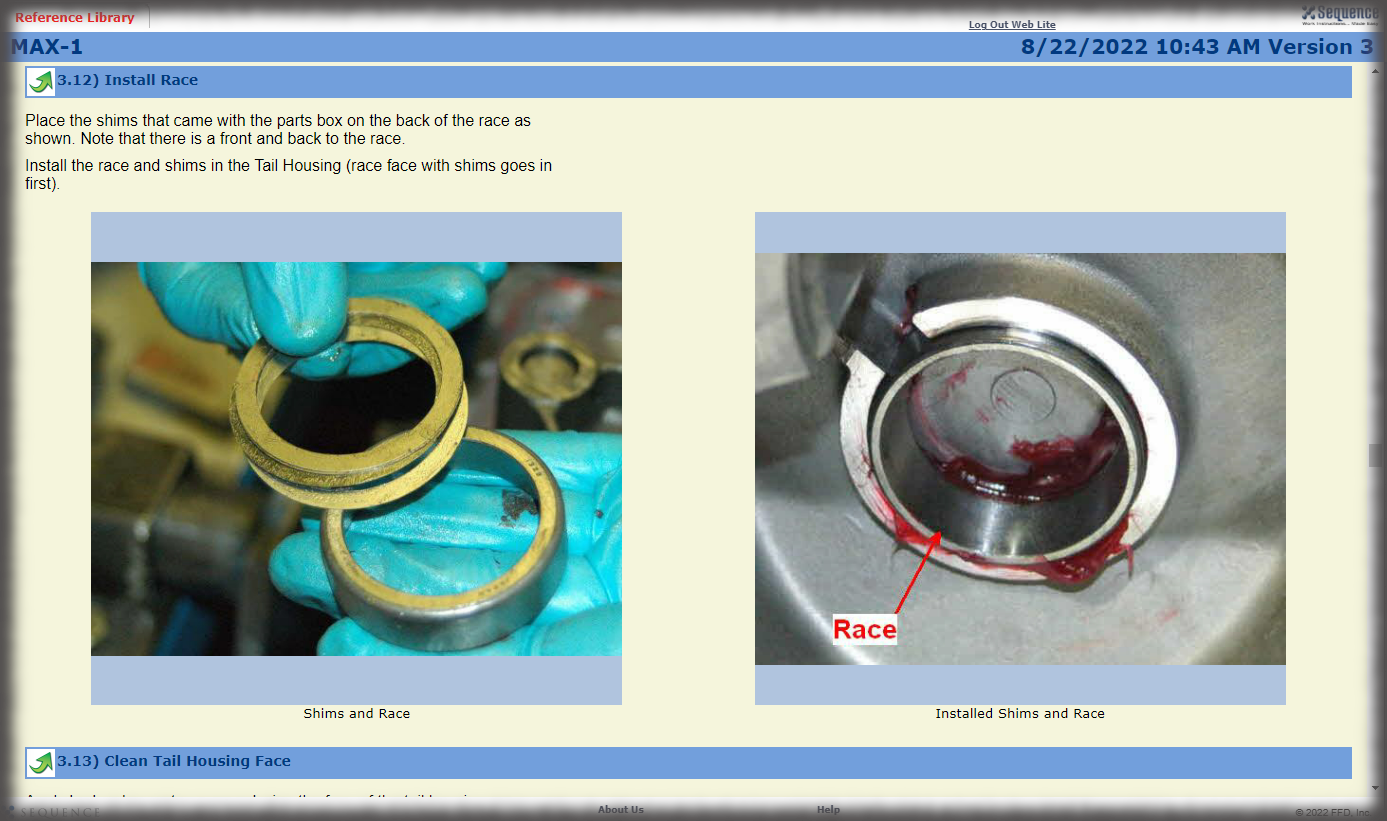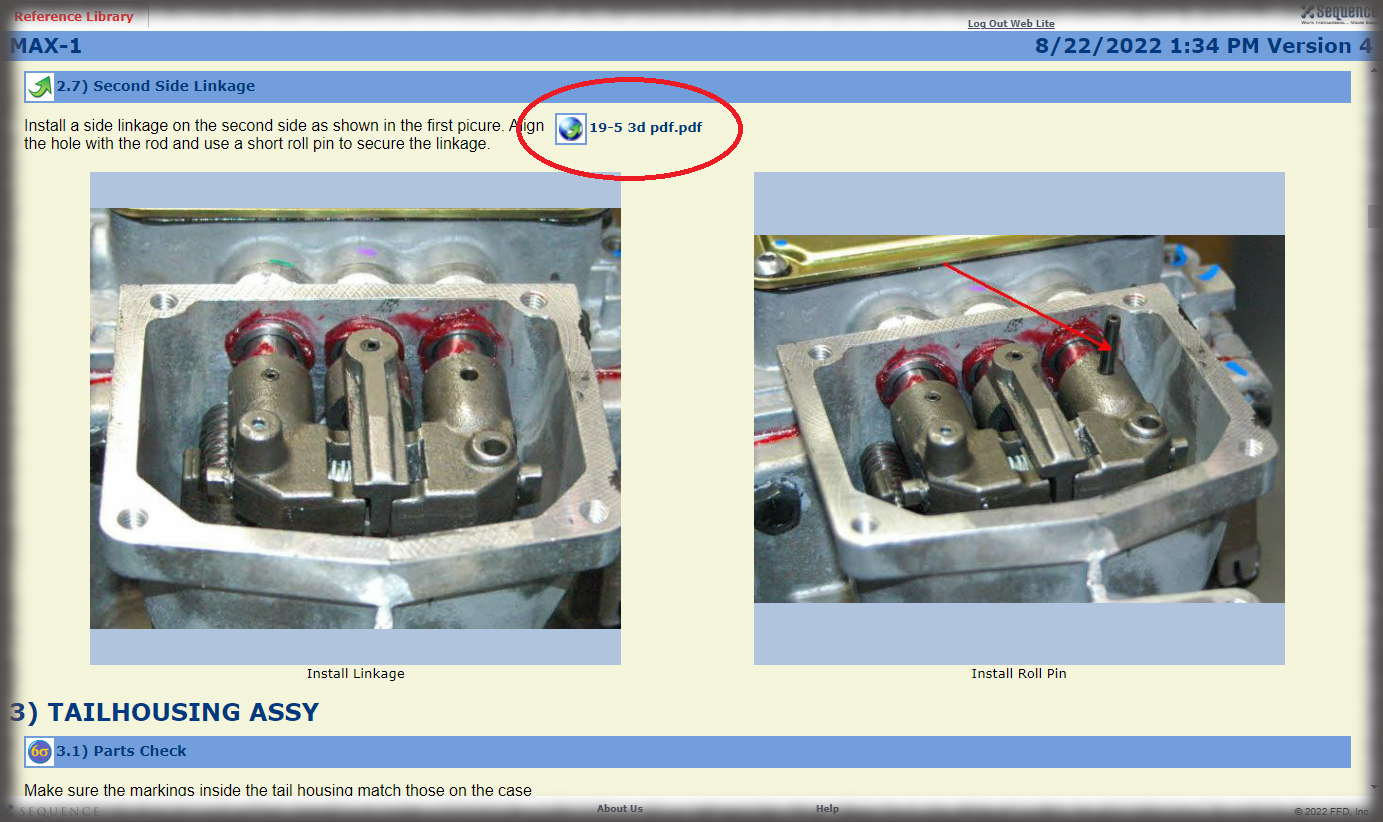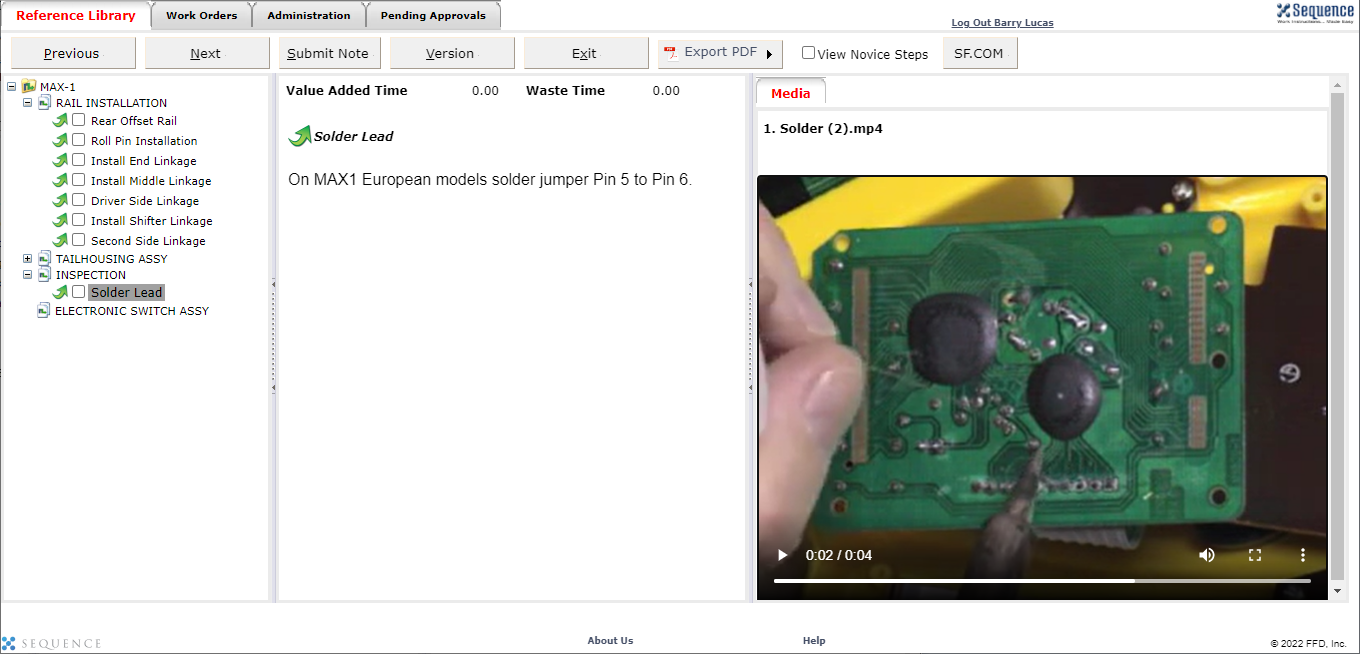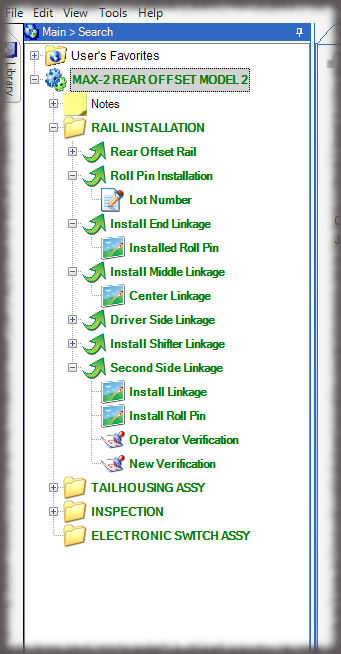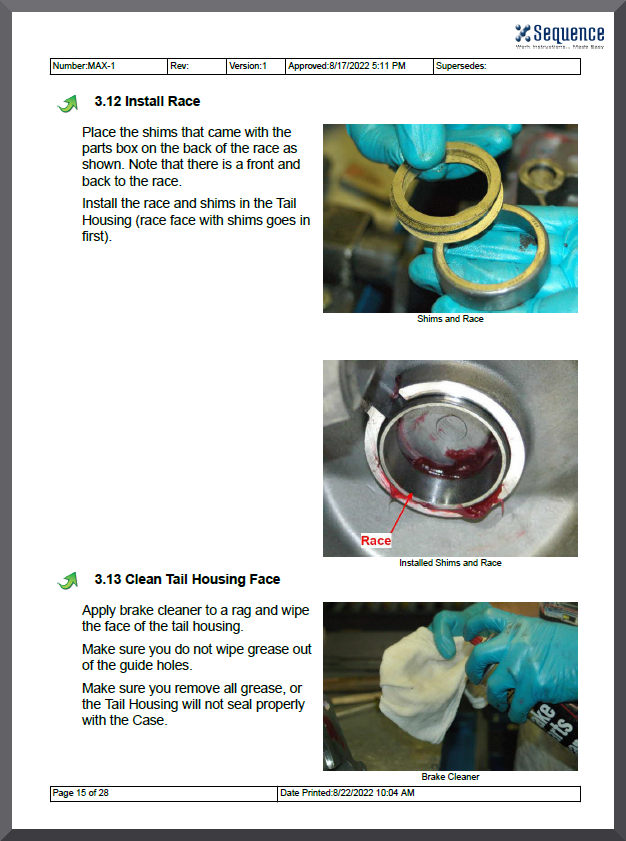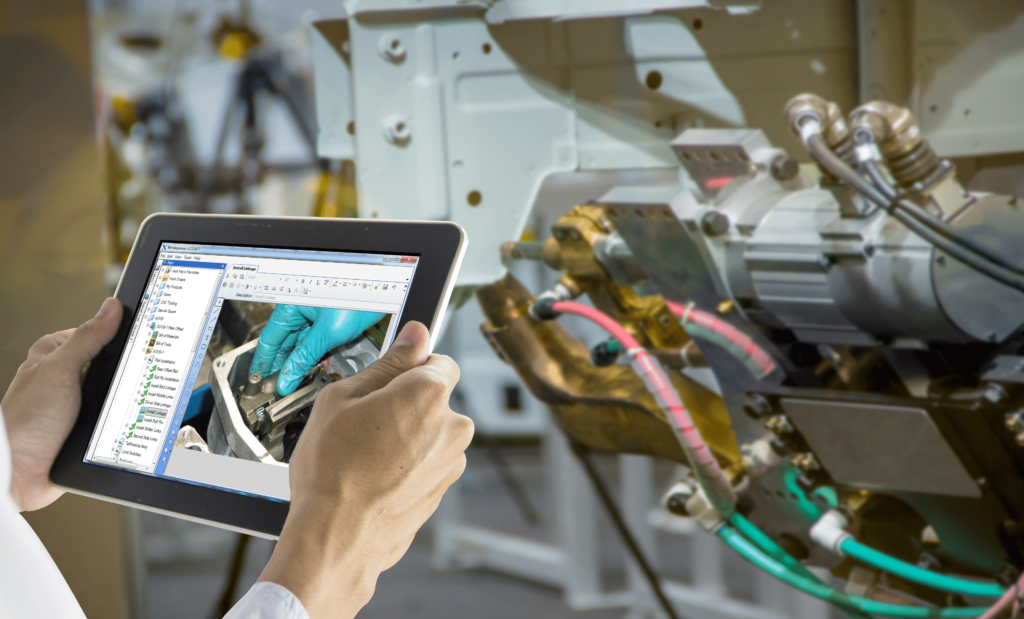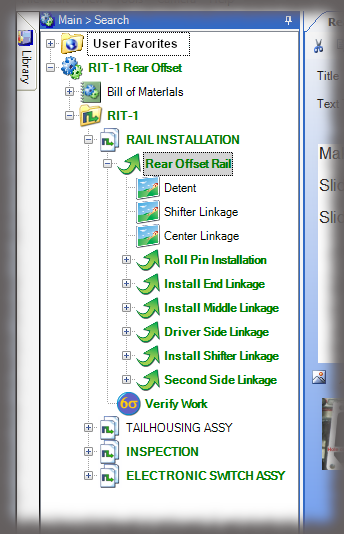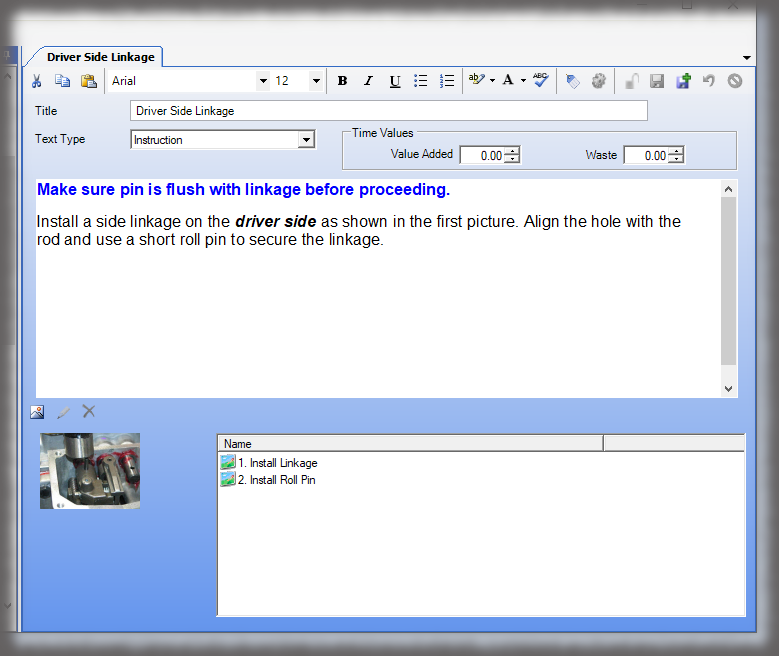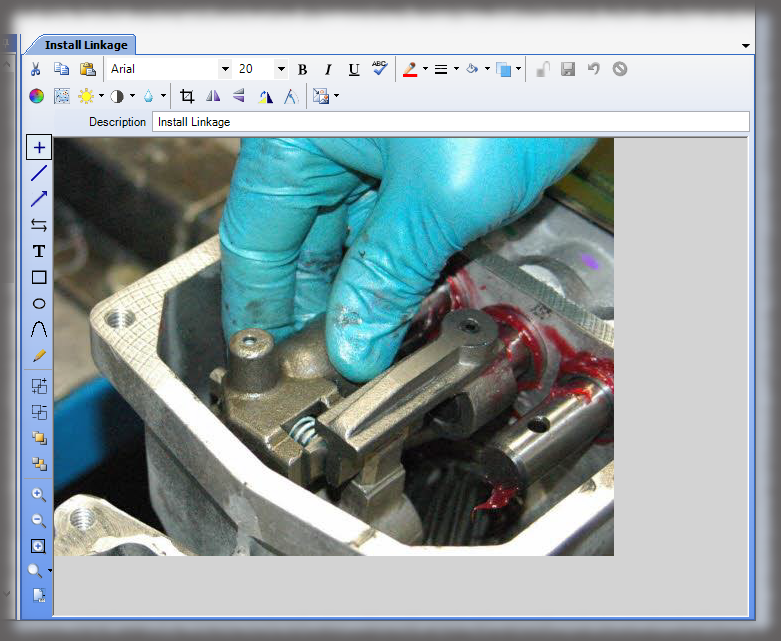Many companies confess to us that their companies are “old fashioned” or out of date; they often seem embarrassed at the lack of technology in their companies. We tell them that makes them normal.
Alas, most manufacturing we see is not in a modern, clean, computer-controlled environment like you see in movies, stock photos, or videos on the news. So, when we hear a potential customer asking if we support IoT we start asking questions, not because IoT has no value, but because it rarely coexists where manufacturing engineers would be writing work instructions for manual assembly. So where does IoT fit in manufacturing? In this blog we will discuss the basics of IoT, challenges of IoT in manufacturing, benefits of IoT, and who can benefit from it.
What is IoT
The Internet of Things (IoT) refers to a network of interconnected physical devices, vehicles, appliances, and other objects embedded with sensors, software, and network connectivity, allowing them to collect and exchange data. The primary goal of IoT is to enable these devices to communicate with each other, share information, and make intelligent, data-driven decisions. Essentially, IoT enhances the capabilities and functionalities of all these objects elevating them to “smart” devices.
Key Components of IoT
Let’s look at separate elements of IoT and their roles.
Sensors and Actuators: Devices are equipped with sensors to collect data from the surrounding environment. Actuators allow these devices to perform actions based on the information received.
Connectivity: IoT devices rely on various communication technologies such as Wi-Fi, Bluetooth, cellular networks, and Low Power Wide Area Networks (LPWAN) to connect and share data.
Data Processing and Analytics: Collected data is processed and analyzed either locally, on the device, or in the cloud. Advanced analytics and machine learning may be employed to derive meaningful insights from the data.
Cloud Computing: Many IoT applications leverage cloud platforms to store and process large volumes of data, enabling scalable and efficient solutions.
User Interface: IoT applications often include user interfaces, such as mobile apps or web dashboards, allowing users to monitor and control connected devices.
What are the Benefits of IoT?
IoT finds applications across many industries, including healthcare, agriculture, manufacturing, transportation, smart cities, and more. In healthcare, for example, IoT devices can monitor patients’ vital signs and send real-time data to healthcare providers. In agriculture, IoT can be used for precision farming, optimizing irrigation based on soil conditions and weather patterns. In manufacturing, IoT enhances operational efficiency through predictive maintenance and real-time monitoring of production processes.
Benefits of IoT in Manufacturing
In the right manufacturing environment, incorporating IoT into manufacturing processes could boost efficiency. IoT also opens the door to agile, customer-centric operations. From predictive maintenance to supply chain optimization, IoT can be a game-changer. Here are four key benefits of IoT in manufacturing:
Predictive Maintenance
Reduced Downtime: IoT-enabled sensors embedded in machinery collect real-time data on equipment health and performance. This data allows manufacturers to predict potential issues and schedule maintenance activities proactively, minimizing unplanned downtime.
Optimized Maintenance Costs: Predictive maintenance helps in optimizing maintenance schedules and resource allocation, reducing overall maintenance costs by addressing issues before they escalate.
Improved Operational Efficiency
Real-time Monitoring and Control: IoT devices enable real-time monitoring of production processes, allowing manufacturers to have greater visibility into operations. This leads to more efficient resource utilization, streamlined workflows, and improved overall operational efficiency.
Data-Driven Decision Making: The data generated by IoT devices provides valuable insights into manufacturing processes. Analyzing this data empowers decision-makers to identify areas for improvement, optimize production schedules, and make informed decisions to enhance efficiency.
Enhanced Supply Chain Management
Real-time Visibility: IoT facilitates real-time tracking and monitoring of goods throughout the supply chain. From raw material sourcing to distribution, manufacturers gain increased visibility into the movement of materials, helping to reduce lead times and improve overall supply chain efficiency.
Demand Forecasting: IoT data allows for more accurate demand forecasting by analyzing historical trends and real-time market conditions. This enables manufacturers to optimize inventory levels and respond quickly to changes in demand.
Quality Control and Product Innovation
Quality Monitoring: IoT is often used to monitor product quality in real time. Sensors on production lines can detect defects or variations, allowing for immediate adjustments to maintain quality standards. This minimizes the production of defective goods and reduces waste.
Challenges of IoT in Manufacturing
If He’s a Good Hitter, Why Doesn’t He Hit Good? The number of companies that say they want to implement IoT as part of a larger strategy is growing, but so is the failure rate. In a Cisco press release (“Cisco Survey Reveals Close to Three-Fourths of IoT projects are Failing”, May 23, 2017) the results of their study fell far short of encouraging. The worldwide failure of almost three quarters of these started programs crosses all industries, including manufacturing.
While the benefits of the Internet of Things (IoT) in manufacturing are significant, several challenges reportedly hamper widespread implementation in manufacturing. Some of the common reasons include:
Costs of Implementation
The initial investment required for deploying IoT infrastructure, including sensors, communication networks, and analytics platforms, can be substantial. Many manufacturers find it challenging to justify these upfront costs despite the long-term benefits, especially in assembly where margins are already so low.
Legacy Systems and Infrastructure
Many manufacturing facilities still rely on legacy systems and equipment that lack the necessary connectivity for IoT integration. Anecdotally, manufacturing is very slow to update systems. Indeed, it is not uncommon to find companies that are running critical systems on a server OS or SQL Server for which Microsoft support ended 10 years ago.
Security Concerns
The interconnected nature of IoT raises significant cybersecurity concerns. Manufacturers worry about potential vulnerabilities that could be exploited by malicious actors, leading to data breaches, intellectual property theft, or disruptions in production processes.
Lack of Standards
The absence of universal standards for IoT devices and protocols poses interoperability challenges.
Data Privacy and Regulatory Compliance
As IoT involves the collection and analysis of vast amounts of data, manufacturers need to navigate complex data privacy regulations and compliance requirements.
Skills Gap
The successful implementation of IoT requires a skilled workforce with expertise in data analytics, cybersecurity, and IoT-specific technologies. Many manufacturers face challenges in finding and retaining people with the necessary skills.
Integration Complexity
Implementing IoT in manufacturing often involves integrating various technologies, from sensors on the shop floor to cloud-based analytics platforms. Managing the complexity of these integrations, ensuring seamless communication between different components, and troubleshooting are reported as barriers.
Resistance to Change
Introducing IoT may face resistance from employees accustomed to traditional manufacturing processes. Adapting to new technologies requires training and cultural shifts within organizations, which is a hallmark of traditional manufacturing.
Summary of IoT in Manufacturing
A manufacturing style that relies heavily on automation will likely find the greatest benefit from IoT and can more easily justify the costs because they have already had to address the technical and human challenges just listed. However, in manual assembly, where there is little or no tooling or infrastructure for IoT, companies really need to carefully assess the return on investment. This is not to suggest that none of the companies we work with in manual assembly would benefit from IoT, because we do see companies that are “early adopters” and want to be the first to upgrade infrastructure. But generally, companies that do manual assembly (and are averse to even upgrading server OS) are going to find themselves face to face with the IoT killers just listed if they try to implement IoT too early.
Improve Manufacturing Practices with Sequence Software
Consider contacting Sequence Software to discuss other areas where you can improve efficiency in assembly. Changing something as simple as how work instructions are created, maintained, and deployed can generate significant savings in your operations. Click here to learn more about our software or contact us today.


